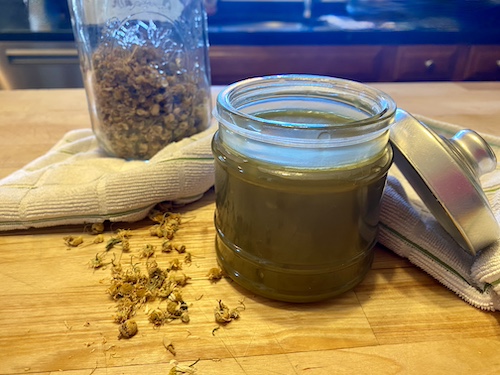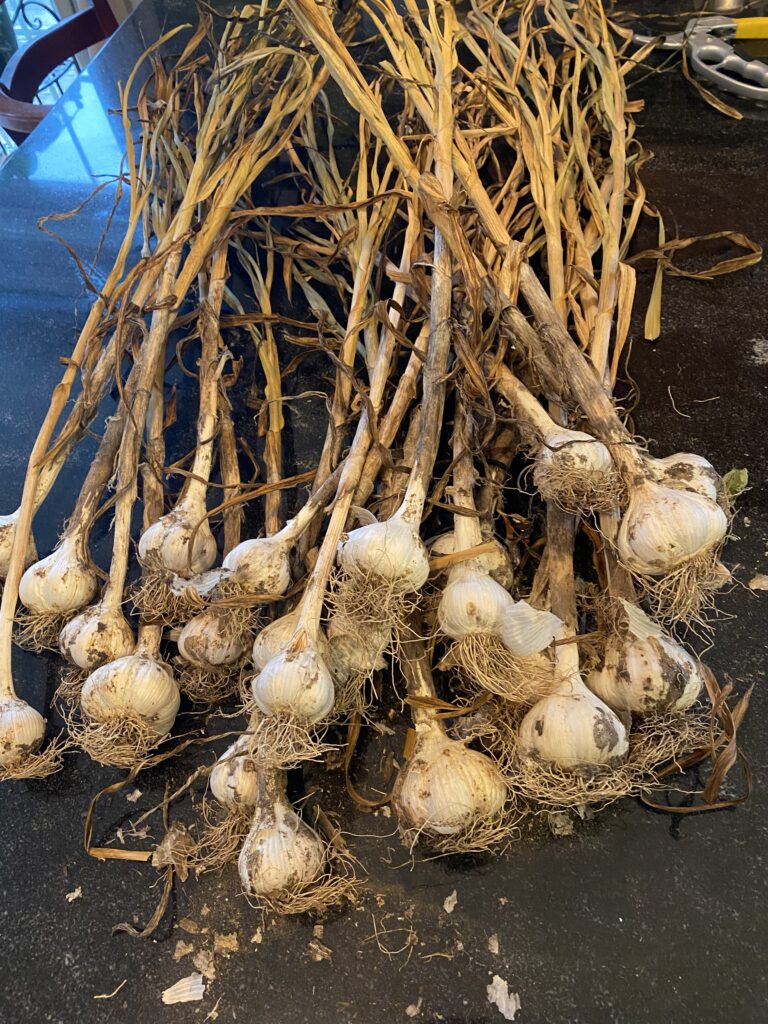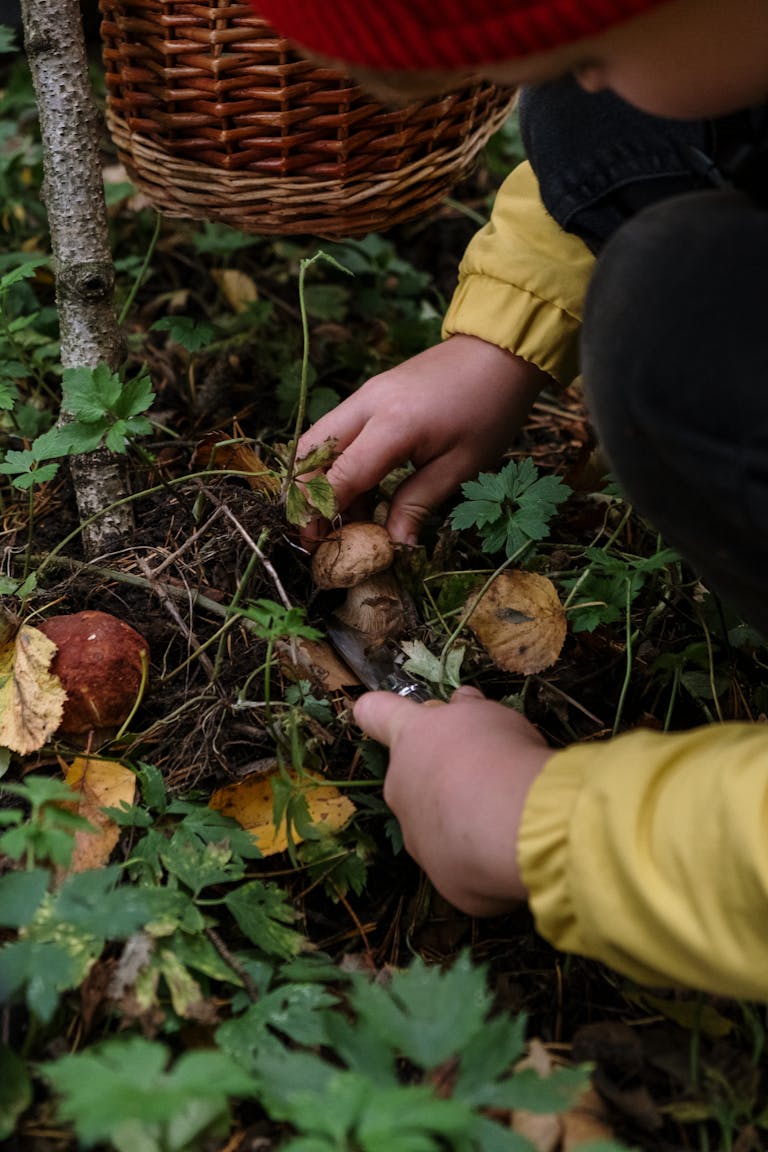Gardening in Urban Spaces: The Food Not Lawns Movement
My gardens and naturalized “food forest” areas are my most-treasured enchanted spaces. I spend most of my time there. Over the years many have told me that they’d love to grow their own food and herbs like I do, but they live in suburbia or the city, and I always tell them not to worry. The 21st century has seen great progress in global awareness about living sustainably, and many suburban and city dwellers have found there way back to Nature with the movement known as the Food Not Lawns Initiative. It’s a shift away from traditional well-manicured, ornamental lawns to using that same space as productive food gardens (that happen to also be beautiful) instead.
What this means is that there are ways for everyone on the planet to get their hands and feet back in Mother’s dirt, and while one idea is to turn what little lawn space you might have into a garden, another is growing fruits, vegetables, and herbs in pots and containers. And if that doesn’t work, there’s also shared garden spaces found in community gardens popping up in cities all over the world.
Let’s delve into what exactly the Food Not Lawns movement and shared community gardens really are.
Understanding the Movement

Image credit: Amazon.com
Originally brought into public consciousness by Heather Jo Flores with her book “Food Not Lawns: How to Turn Your Yard into a Garden and Your Neighborhood into a Community,” this movement advocates transforming suburban lawns into thriving edible landscapes. Rather than maintaining resource-intensive grass lawns, participants cultivate beautiful, diverse gardens that yield fresh, organic produce. Brilliant!
Why Food Not Lawns?
Heather explains that making this switch benefits everyone–humans, birds, animals, bugs, earth, and air alike, in these important ways:
1. Environmental Benefits:
– Resource Conservation: Let’s face it, to keep them pristine and weed-free, lawns require a substantial amount of water, chemical fertilizers, and pesticides, which can lead to water wastage and pollution, not to mention mass murder of bees and beneficial insects. In contrast, these new garden spaces built to replace those lawns use water more efficiently and are meant to utilize organic farming practices that enrich the soil and are safe for the bees.
– Biodiversity: Traditional lawns are biodiversity wastelands. What does that mean? It means you have grass. Just grass. Nothing else. It’s monoculture. There’s nothing to attract or nourish beneficial bugs. Nothing useful. Replacing these lawns with food, herb, and vegetable gardens promotes biodiversity, attracting beneficial bugs, birds, trillions of needed microscopic soil inhabitants, and pollinators like bees, hummingbirds, and butterflies.
– Air Quality: Lush green gardens contribute to improved air quality by removing carbon dioxide from the atmosphere. Meanwhile, lawns can contribute to higher carbon emissions if maintained with gas-powered lawn mowers and weed whackers.
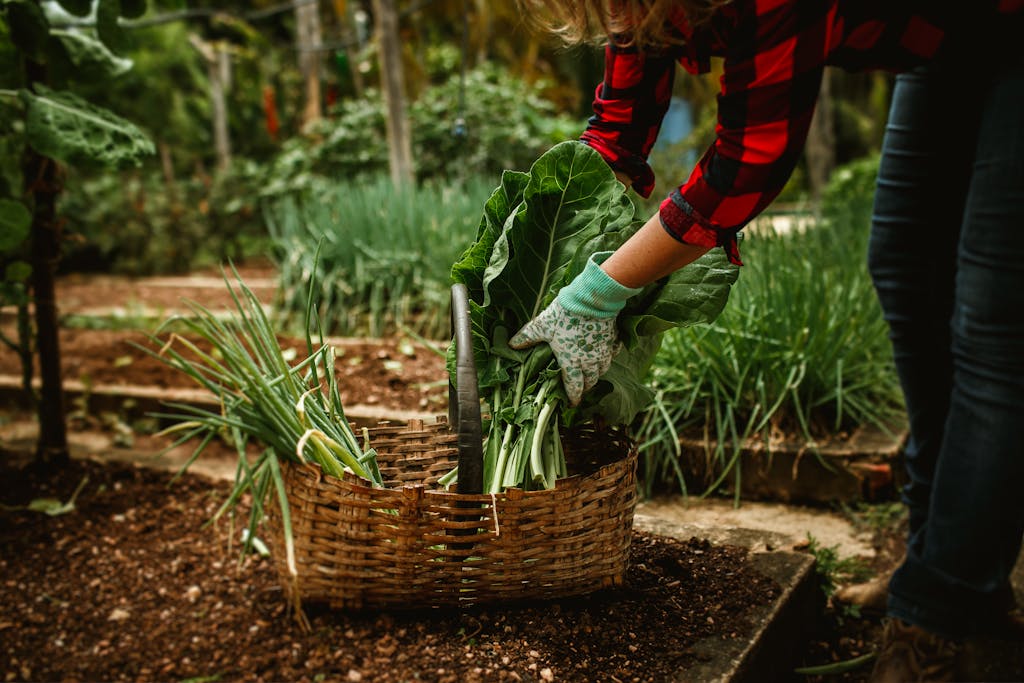
2. Health and Well-being:
– Access to Fresh Produce: Growing your own food ensures immediate access to organic, pesticide-free vegetables and fruits, and having them on hand after working so hard to grow them makes it all the more likely you will actually eat them. This can improve diet quality and overall health.
– Physical Activity: Gardening is a great form of low-impact exercise and stretch, fostering physical health while basking in sunshine and clean air and connecting with nature. Exercise like this is a welcome addition to your day.
– Mental Health: The act of gardening and nurturing plants can and does decrease stress levels, improve mood, and enhance overall mental well-being. And, sharing your bounty with the neighbors brings feelings of community belonging and contribution.
3. Economic Sense:
– Cost Efficiency: Growing food can substantial reduce grocery bills, and not just once. If heirloom seeds are used, the seeds from this year’s produce become next year’s seeds. You only have to buy those seeds once. (You can also build variety into your gardens by trading seeds at a seed bank near you! We’ll feature this idea in a future post.) Additionally, by focusing on growing perennial fruit, vegetables, and herbs, you can plant once and harvest for many years to come.
– Local Economy Boost: Surplus produce can be shared or sold locally, promoting local commerce and reducing the carbon footprint of food transportation.
–Sharing with those in need: The only better feeling that holding up a perfectly-grown vegetable from your garden is handing it to someone who needs it more than you do. Whether that be an elderly neighbor, a friend who is out of work, or a food pantry, everyone in need appreciates your hard work and donations.
4. Community Building:
– Shared Spaces: If you have no lawn at all, a community garden might be your answer. Community gardens, often built upon vacant lots, become a meeting point for neighbors, deepening social connections. And a further benefit is that the heavy lifting of tilling and weeding is shared amongst many.
– Educational Opportunities: Community gardens also serve as informal classrooms where gardening knowledge, sustainability practices, and life skills are exchanged, not to mention a recipe or two. End of the year harvests often bring on pot luck celebrations shared amongst all participants where next year’s gardens are discussed with planned improvements. In addition to food, life-long friendships are grown here.
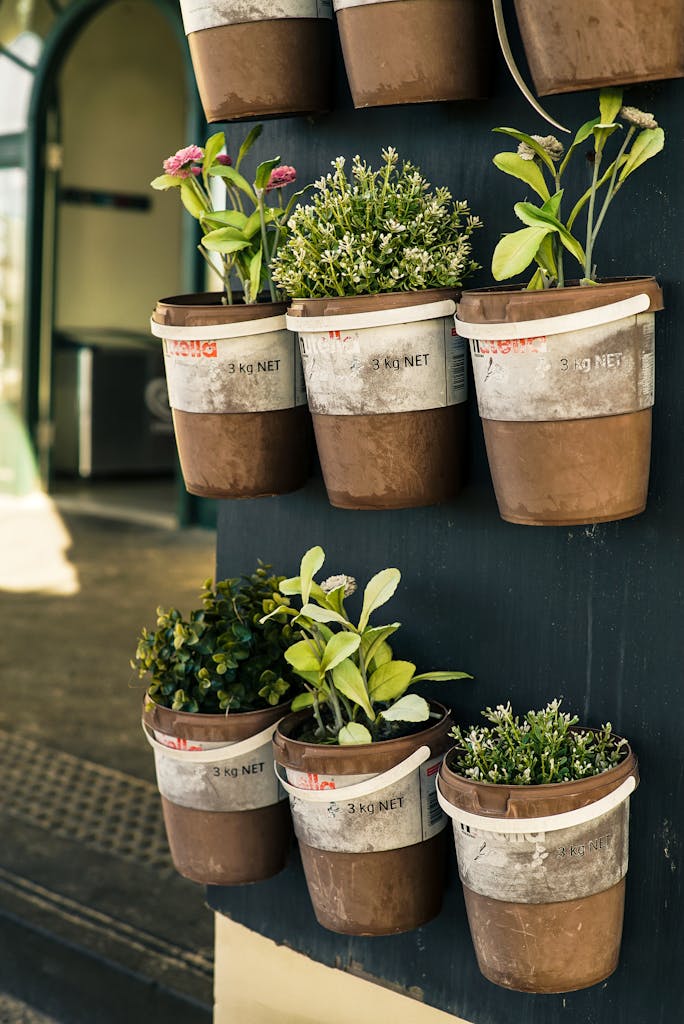
If You Want to Join the Movement:
1. Start Small:
Begin with a corner of your lawn or even with container gardening, if space is limited. Herbs, lettuces, cucumbers, and tomatoes can be a great starting point.
2. Soil Health:
Healthy soil is the backbone of a good garden. Use compost and organic matter to enrich your soil. (Watch for upcoming posts on easy composting– coming soon!)
3. Native and Perennial Plants:
Opt for plants that are native to your area and perennial vegetables, which require less maintenance and are beneficial for local wildlife.
4. Water Wisely:
Employ rainwater harvesting (if you can), mulching, and drip irrigation to conserve water.
5. Pest Control:
Embrace natural pest control methods like companion planting, beneficial insects, and non-toxic remedies.
Success Stories:
Across the globe, countless neighborhoods have embraced the “Food Not Lawns” philosophy, transforming urban spaces into abundant green oases. In cities like Portland, Oregon; Detroit, Michigan; and even sprawling metropolises like Los Angeles, communities are united in their quest for sustainable living. These gardens don’t just feed individual families—they nurture entire communities environmentally and socially.
Wrapping Up:
The Food Not Lawns movement signifies a paradigm shift in how we perceive and use our urban spaces. As the pressures on global food systems and natural resources intensify, transforming our lawns into productive gardens offers a practical, impactful solution. Whether you cultivate a small herb garden or spearhead a community shared plot, you contribute to a healthier, more resilient world. It’s time to rethink, replant, and reclaim our green spaces for the betterment of both people and the planet. Join the movement today and be part of a greener tomorrow!
What is your take on transforming traditional lawns into edible landscapes? Share your thoughts and experiences in the comments below!

